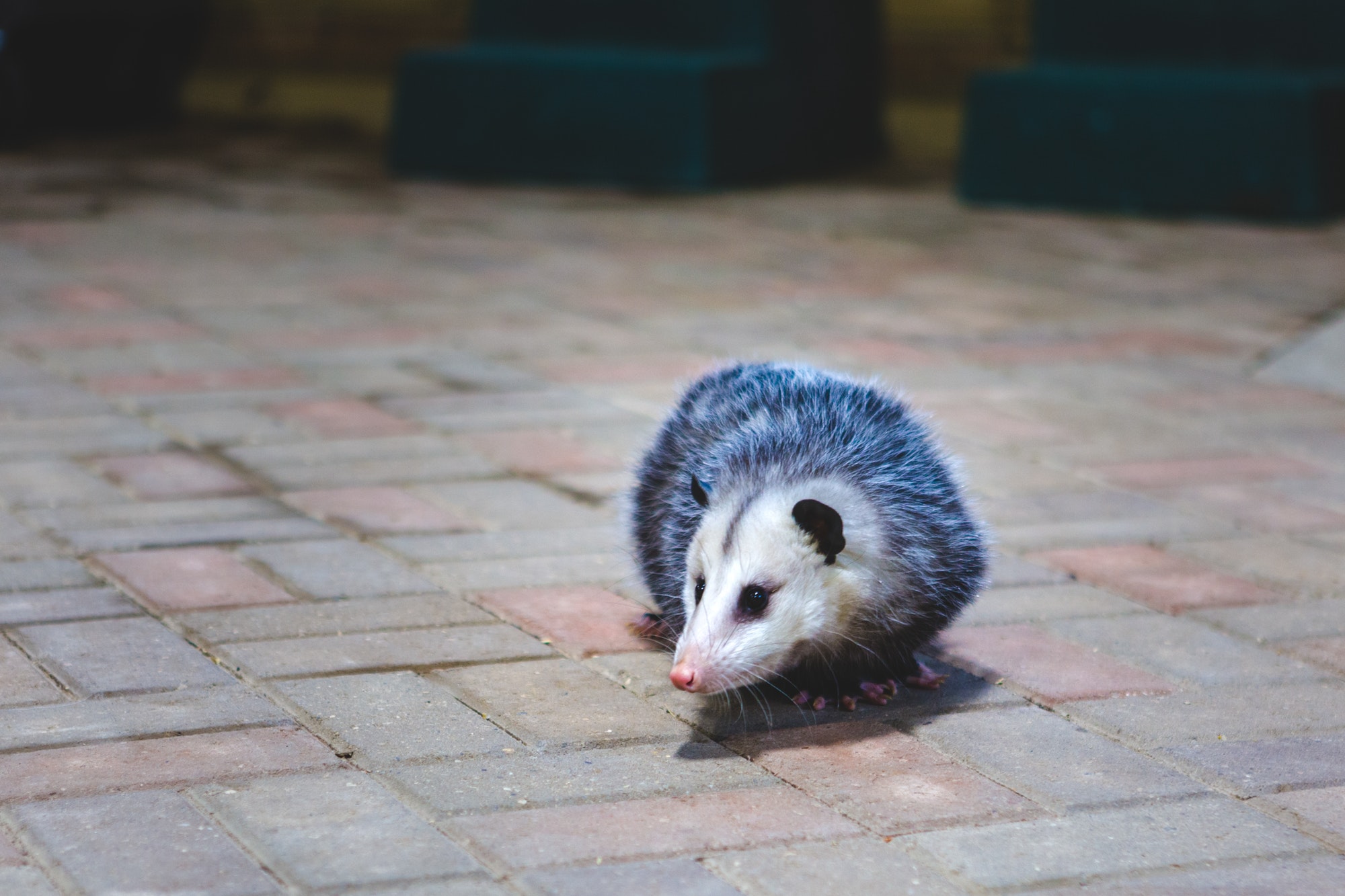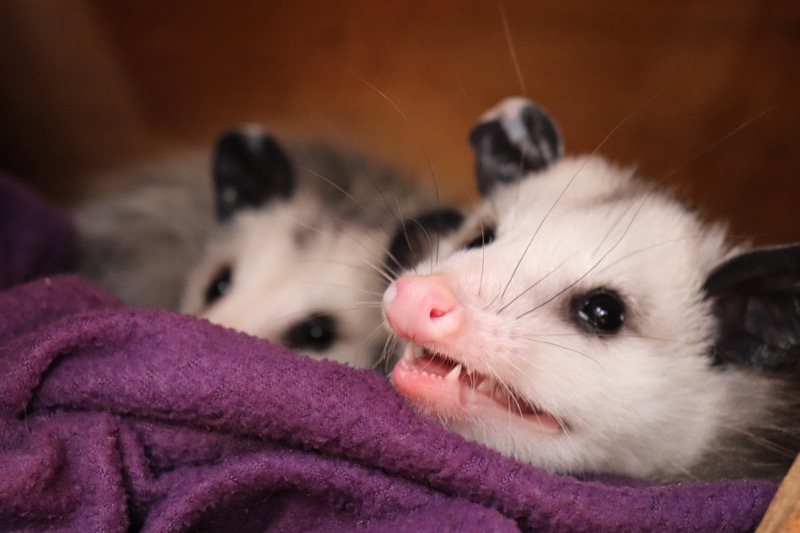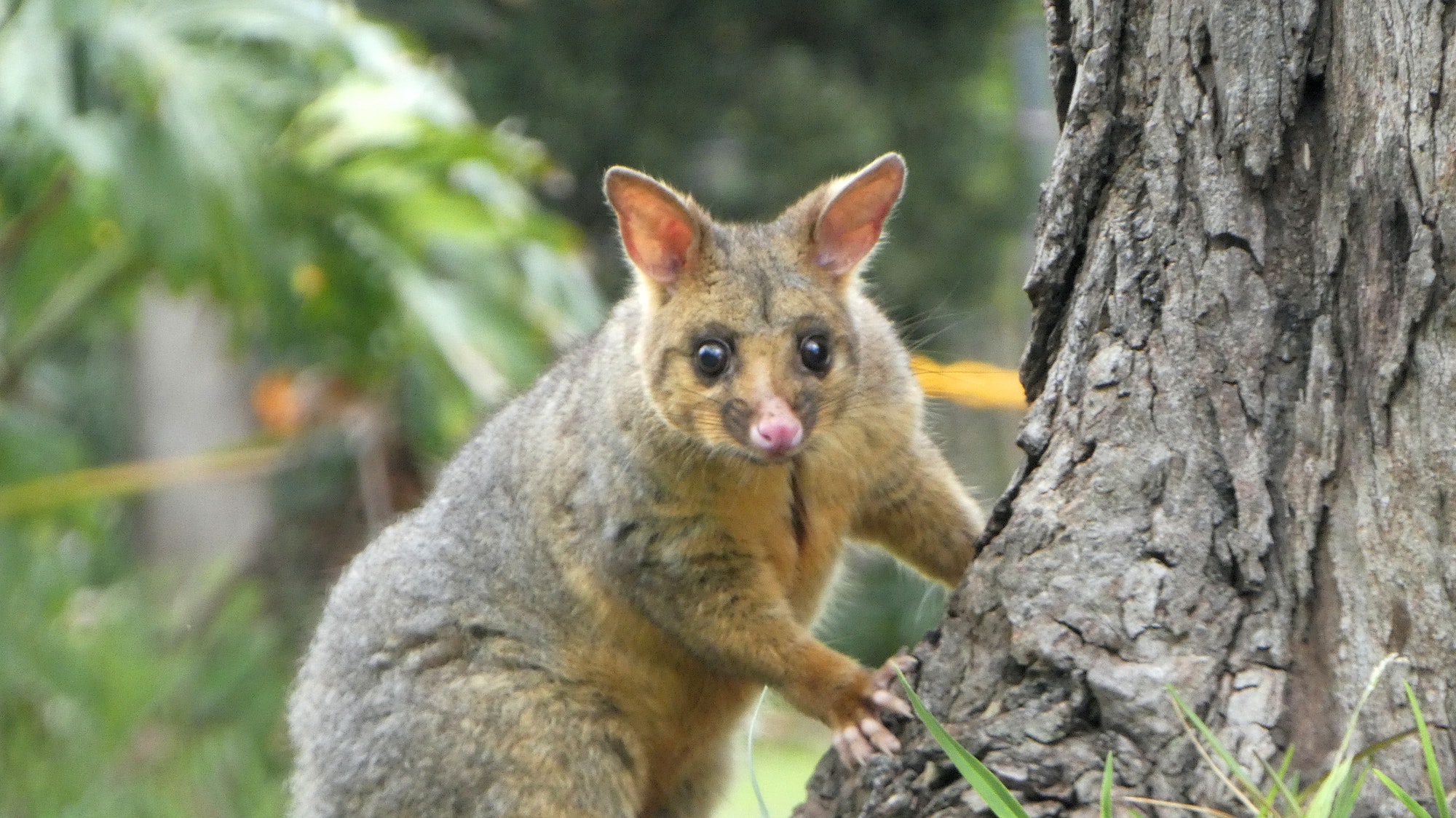Opossum Vs. Possum
What is the difference between opossums and possums? Is there a difference? It is quite easy to think they are the same thing. Here in America, when we see the beady little eyes of that elongated white and gray creature we label it as a possum.
However, what we refer to here as possums are not truly possums. In North America, we have opossums whereas possums reside in Australia, New Guinea, China, Sulawesi, and New Zealand. American opossums are of the Didelphimorphia order of marsupials, whereas Phalangeriformes, or possums, are of the arboreal marsupial species.
Where did this misconception derive from and why did we begin calling opposums possum? According to Grammarly, “English colonists living in Jamestown derived the word from its equivalent in Powhatan, a language spoken by the Virginia Algonquian tribe. Literally, the word means “white dog or beast” in Powhatan. John Smith spelled it “opassum,” but William Strachey spelled it “aposoum.”

However, the Australian marsupial was named possum because Sir Joseph Banks, a British botanist, decided it looked familiar to the opossum. Even though it is clearly a very easy mistake to make, opossums look more similar to kangaroos unlike our North American possums.
There are multiple forms of the Phalangeriformes, commonly divided into three suborders: possum, glider, and cuscus. It would be much preferable to find these cuter creatures in our backyards rather than the possums we know and hate, as the Australian possums have tinier faces and bodies (some of which can fit in your hand) instead of the elongated snouts of American opossums. The possums tend to be significantly smaller than their American counterpart, excluding the Australian Cuscus- which is the largest of the Australian possum suborders.

One well-known form of the opossum, the Virginia opossum, has been commonly known in the Southern states of the US for its taste. It used to be eaten quite often, and was frequently hunted. One such meal from the 1909 banquet held in honor of President-elect William Howard Taft was called the “Possum and Tater” banquet.
Ever heard of the phrase, “playing possum”? This phrase originates from the North American opossums unusual behavior of feigning death. When an opossum feels threatened, they will pretend to be dead in order to dissuade whatever is threatening them from killing them.
According to JSTOR daily, “Death-feigning has long been mysterious, given the enormous risks involved. As noted by biologists Atsushi Honma et al. in Proceedings: Biological Science, for death-feigning to work, a lot of things have to go well.
A death-feigning animal is gambling that a predator won’t simply keep attacking. The behavior is useless if the predator has no problem eating a dead animal. Some predators will delay eating or handle limp prey differently, in which case feigning death might allow a chance to escape. Or, in a worse-case scenario, the death-feigning prey may just make the predator’s work easier.” Whether or not this works for the opossum, it certainly has created a notable behavior that many in America associate with the animal.
There are many differences between the opossum and possum because they are simply not the same creature. The next time you lock eyes with your neighborhood opossum, just remember you wish it was a possum instead.
Author: Sophia Sivula
University of Idaho
Works Cited
- Opossum vs. Possum. (2019, May 16). Retrieved October 19, 2020, from https://www.grammarly.com/blog/opossum-vs-possum/
- The Biology of Death-Feigning. (2019, March 20). Retrieved October 18, 2020, from https://daily.jstor.org/the-biology-of-death-feigning








